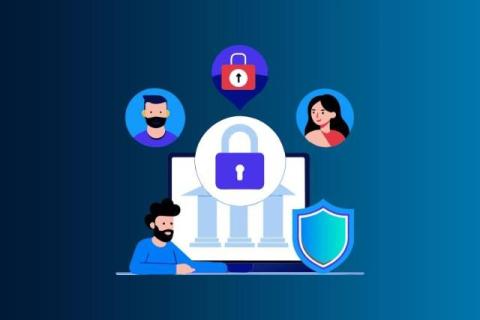How to Encrypt Ethernet IP Address for Enhanced Network Security?
It's more important than ever to protect network assets as cyber threats keep changing. Encrypting Ethernet IP addresses is one way to make a network safer. This helps keep private data from being intercepted and accessed by people who aren't supposed to be there. For businesses that want to make their network interactions safer, they need to know how to encrypt Ethernet IP address. Encrypting network addresses makes data sent over Ethernet less vulnerable to attacks.











